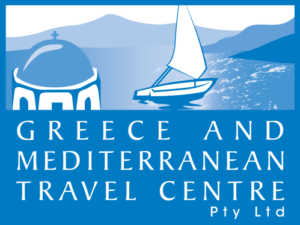Split
Split is Croatia’s second largest city and the capital of the Dalmatian region. In the past considered as only the transit point because of its great transport connections by bus, sea, air and train, it has now become a tourist destination in its own right. From the famous Diocletian’s Palace, which is currently world’s most complete Roman palace, to medieval architecture and unspoilt scenery and beaches Split is a dream destination that has something to offer for everyone.
The city of Split was founded as the Greek colony of Aspalathos in the 3rd or 2nd century BC. However, it was the Romans who put Split (Italian: Spalato) on the map when the empire Diocletian, the most powerful ruler in the world at the time, around 300 AD ordered a residence to be built there for his retirement. The location was chosen as it was only 6km to the large Roman settlement of Salona (present-day Solin). After his death, many Roman rulers continued to use it as a retreat, but by the end of the 6th century the palace had fallen into disrepair. After Salona was abandoned in the 7th century, many of its inhabitants fled to Diocletian’s palace for shelter and their descendants continued to live there over the centuries.
Split fell under the control of the Byzantine emperors from the 9th century. During the 11th century and beyond, the city grew considerably in the areas around the palace. The city enjoyed a good degree of autonomy between the 12th and 14th centuries before it was conquered by the Venetians in 1420. After the fall of Venetian rule in 1797, Split was ruled by the Austrians, and briefly by the French.
In the 20th century, after the dissolution of the Austro-Hungarian Empire, Split became part of the Kingdom of Serbs, Croats and Slovenes and much of its development occurred after 1920 as it became the main city in the region. During World War II, it was occupied by Italians and then Germans, finally being liberated in 1944. As part of Yugoslavia after World War II, Split experienced substantial growth. Government investment in the city saw factories built for a number of different industries. In particular, shipbuilding was an important part of the city; Yugoslavia become one of the top countries in the world in that field and Split also became an important port.
During the civil war in the 1990s, the city did not suffer much damage. After the war an economic recession followed however, the city has greatly improved its infrastructure with a successful upkeeping of the old centre, and constant development in the tourism sector, shifting Split from being a transit zone to the islands, to being an attractive holiday destination.
